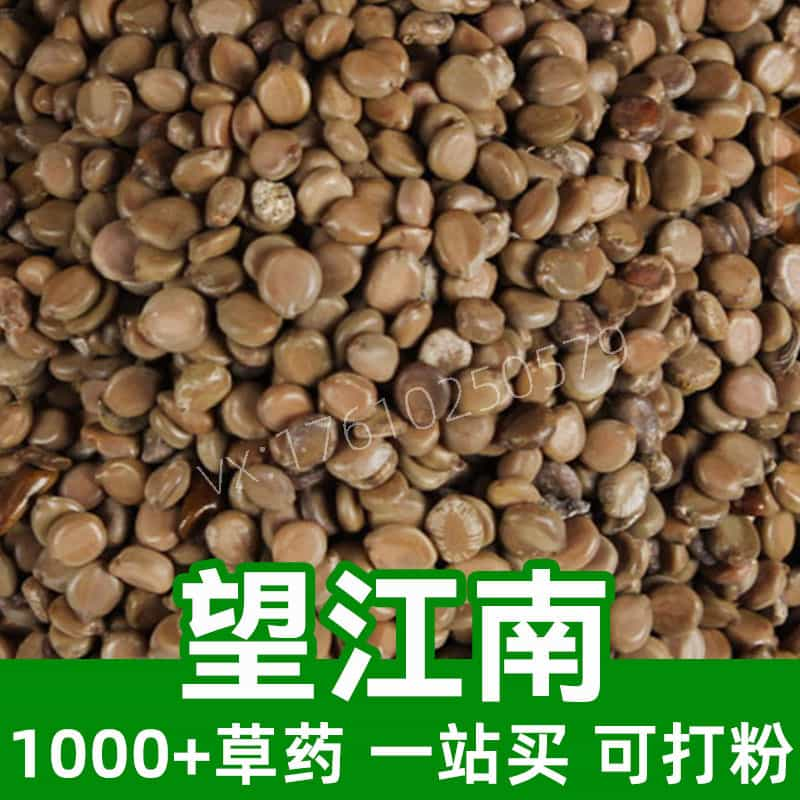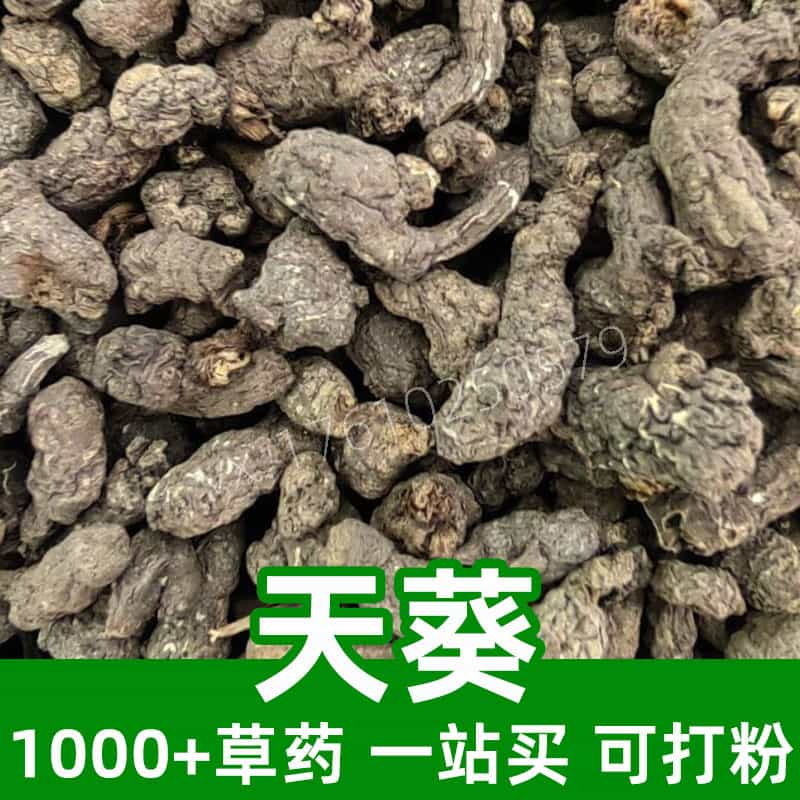Product Introduction
Snow lotus, or “Yao Zhi Cao,” is a rare and precious herb that has captivated the attention of herbalists and natural health enthusiasts alike. This herb grows at high altitudes on the Tibetan plateau, where its unique environment contributes to its exceptional properties. Its notable components include flavonoids, polysaccharides, and essential oils, which possess a range of benefits. Traditionally utilized in TCM, snow lotus is praised for nourishing the body, promoting overall well-being, and supporting respiratory health. The herb's unique flavor profile and multiple applications make it a valuable addition to herbal teas, supplements, and traditional formulations. Though its use spans centuries, the snow lotus continues to hold relevance today for those seeking natural health solutions.
Main Active Ingredients
Snow lotus is notable for its wealth of active compounds that contribute to its distinct benefits. The primary constituents include flavonoids, particularly quercetin and kaempferol, which are renowned for their antioxidant and anti-inflammatory properties. These flavonoids help to neutralize free radicals, supporting overall cellular health and potentially assisting in reducing oxidative stress.
In addition to flavonoids, snow lotus is also rich in polysaccharides, which play a crucial role in enhancing immune function and promoting metabolic balance. Polysaccharides found in snow lotus may aid in regulating blood sugar levels and providing sustained energy, making it a highly regarded herb for those involved in physical or mental exertion.
Essential oils derived from snow lotus contribute not only to its aromatic profile but also offer antimicrobial properties. These oils can enhance the overall wellness of the respiratory system, which aligns with its traditional applications in TCM. Studies suggest that the components of snow lotus not only exhibit versatility in use but also reveal promising potential for future research.
Overall, the combination of these active ingredients underlines the significance of snow lotus in herbal medicine, offering a multifaceted approach to supporting health.
Product Application Scenarios, Usage, and Dosage
The applications of snow lotus in traditional Chinese medicine are diverse, reflecting its integrative role in promoting wellness. Primarily, it is employed in various herbal formulations designed to nourish and balance the body's systems. For individuals seeking to enhance their health through natural means, snow lotus can be incorporated into daily routines.
In TCM, it is typically advised to use snow lotus in cooked preparations or tea for optimal absorption of its active ingredients. A commonly recommended dosage is between 6 to 12 grams per day, whether consumed as a whole herb, as part of a formula, or in tea form. It may also be used in conjunction with other herbs to amplify its effects, such as in traditional tonic formulas aimed at boosting energy levels and enhancing resilience to stress.
Additionally, snow lotus can be integrated into culinary applications, featuring in soups, broths, or as a herbal seasoning. This integration not only adds unique flavors but also elevates the nutritional profile of the dishes. The herb's versatility in application makes it suitable for a broad audience, including health-conscious individuals and those interested in traditional cooking methods.
While snow lotus presents numerous opportunities for use, it is crucial to consult with a knowledgeable herbalist or practitioner before starting any new supplementation, ensuring that it aligns well with individual health goals and needs.
Introduction to the Source Plant, Distribution, and Growth Environment
The snow lotus, scientifically known as Saussurea involucrata, is a perennial herb that thrives in some of the world's most extreme climates—most notably on the Tibetan plateau, where it adorns rocky precipices and steep slopes. This herb is incredibly resilient, often requiring altitudes of 3,000 to 5,000 meters for optimal growth.
The conditions faced by snow lotus include harsh cold temperatures, intense ultraviolet radiation, and limited nutrient availability, which have contributed to its unique adaptations and potent properties. These extreme conditions lead to a concentrated array of bioactive compounds that make the snow lotus highly sought after in herbal medicine. The plant features thick, fleshy leaves along with a striking white flower that blooms briefly in the summer months.
These unique characteristics contribute to its rarity and value, resulting in its increasing popularity across both traditional and modern health practices. Due to habitat restrictions and overharvesting concerns, ensuring sustainable sourcing of snow lotus is crucial for preserving this irreplaceable herb for future generations.
Harvesting, Processing, and Storage
The harvesting of snow lotus requires careful timing and technique due to its delicate nature and the high-altitude environments in which it grows. The optimal harvest period is typically during the summer months when the flowers are blooming. Skilled harvesters typically select the roots and flowers, ensuring the plants are not harmed in the process—this is essential for maintaining the plant's growth and sustainability.
Once harvested, the snow lotus requires specific processing methods to preserve its properties. The roots and flowers should be thoroughly cleaned to remove any soil or impurities, followed by drying in a shaded area with good airflow to minimize exposure to direct sunlight. This process helps to retain the herb's bioactive compounds, providing a potent final product.
Storage of dried snow lotus is also paramount to maintaining its efficacy. It should be stored in an airtight container in a cool, dry place, away from moisture and heat sources. Properly stored, snow lotus can retain its vibrant potency for up to three years.
Adhering to these harvesting and storage practices not only ensures the longevity of the herb but also promotes responsible usage, which is essential for the ongoing appreciation and availability of snow lotus in herbal medicine.
Monica Sun is a seasoned expert in the natural raw materials industry, with over a decade of experience specializing in traditional Chinese medicinal herbs, spices, and fungi. She is skilled in the sourcing, processing, and application of these materials, emphasizing sustainability and innovation. Monica Sun has contributed to the development of high-quality natural raw materials that serve as essential components in functional foods, pharmaceuticals, and cosmetics, delivering tailored solutions to meet diverse market needs.












